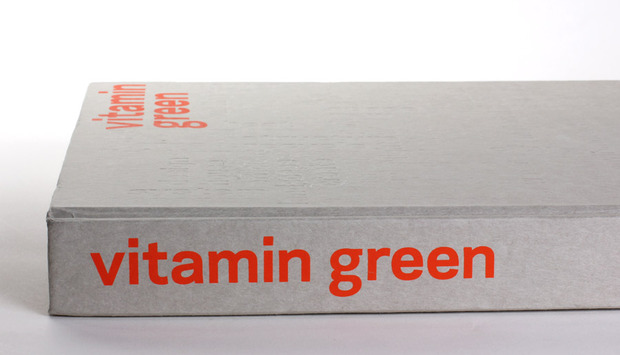Vitamin Green
100 projects combatting environmental issues with innovative design
The intersection of sustainability and design is one that brings to bear problems and solutions wherein the problems can be life-threatening and the solutions critical. “Vitamin Green” is a massive, comprehensive snapshot of the design world’s response to urban agriculture, ecological sustainability and energy efficiency. The collection of 100 green projects records an up-to-the-minute anthology of innovative responses to nature’s most pressing issues.
As Amara Holstein writes in the introduction, “From the macro to the micro, projects are fomenting and coming together as designers begin seriously to reinvent and reimagine sustainability in the built environment. With need as the impetus, and nature as our inspiration, we might actually stand a chance of learning to live in harmony with our planet. We’re at a tipping point of design. It’s time to decide which way the professionalism will go.” The sense of urgency is not mired in government regulations and perceived difficulty—rather, it is demonstrated by a series of successful creations that forge a path to better living. While “Vitamin Green” encompasses a broad swath of environmental design, we were especially taken by the examples of urban agricultural efforts. The selections go beyond the theorizing of solo designers to show communities of people working towards a greener future.
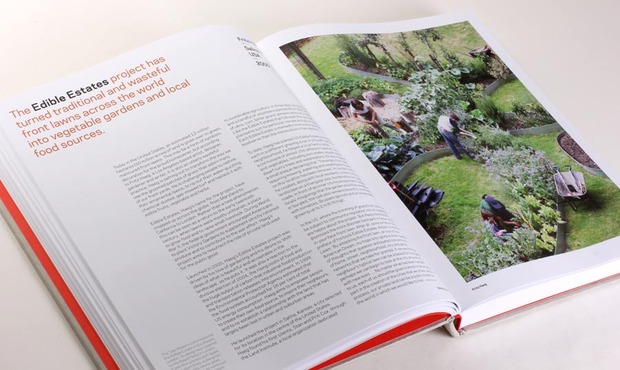
One such project, Edible Estates condemns the lawn and sets out to replace America’s largest crop—and its most wasteful—with functional vegetable gardens. The company has been creating prototypes around the world since 2005, adorning completed gardens with a plaque that reads: “The empty front lawn requiring mowing, watering and weeding previously on this location has been removed.” While the project has been met with hostility from community regulations that seek to keep pristine and uniform lawns, the opposition hasn’t deterred Edible Estates ringleader Fritz Haeg from seeing out his mission.
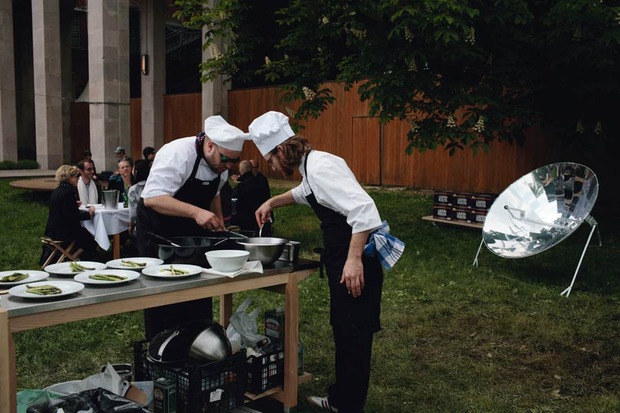
Started in the Summer of 2011, the Lapin Kulta Solar Restaurant serves up food cooked in open-air aluminum solar dishes. Using no energy outside of the sun’s glorious rays, the restaurant has solved their most obvious dilemma by serving up sashimi and salads on cloudy days. The space is described as an “eatery and artistic installation,” and is headed by Martí Guixé. Their solar dishes—which take a mere five hours to create—heat everything from uniquely textured barbecue to pots of percolated coffee.
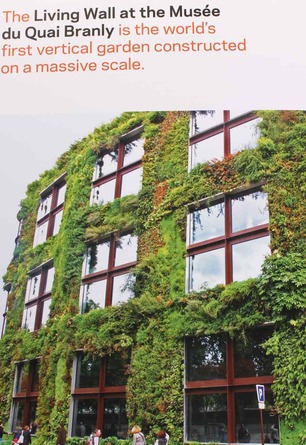

The “Living Wall” at the Musée du Quai Branly is a massive vertical garden in Paris that coats the museum wall. Botanist Patrick Blanc developed a custom system for the wall after concluding that plants have a tendency to grow in nearly any moist environment. Two layers of polyamide felt are stapled to PVC and act as the growing surface, with a drip irrigation system delivering diluted fertilizer to fuel plant growth.
In response to rapid urbanization and a growing disparity between city and rural income demographics, the Quinmo Village Project was established to educate the inhabitants of China’s Quinmo Village in self-sufficiency. Part school, part eco-household architecture program, the project has succeeded in creating a complete ecological cycle on-site: food waste serves as livestock feed, and manure is turned into fertilizer to restart the process.
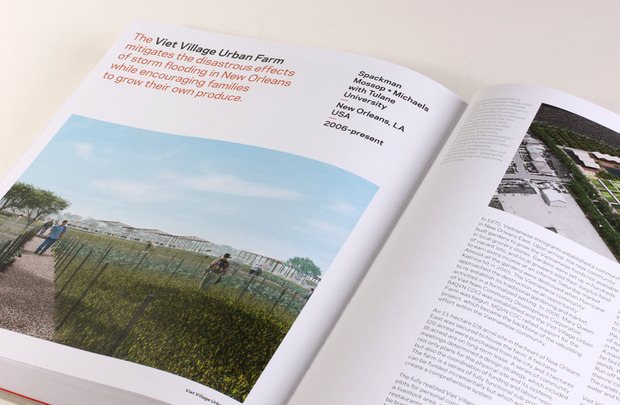
Following the near destruction of the Vietnamese neighborhood in New Orleans East during Hurricane Katrina, the Mare Queen of Viet Nam Community Development Corporation (MQVN CDC) was established. Their effort, the Viet Village Urban Farm aims to replace the pre-existing network of gardens that had been operated by Vietnamese immigrants for decades. The proposed 28-acre site will be hedged in bamboo walls to separate it from residential areas, and plans have been made for the design, systems, funding and labor. To prevent future flooding and ensure responsible water use, the farm is connected to two off-site retention ponds as well as an artificial wetland to clean spent water.
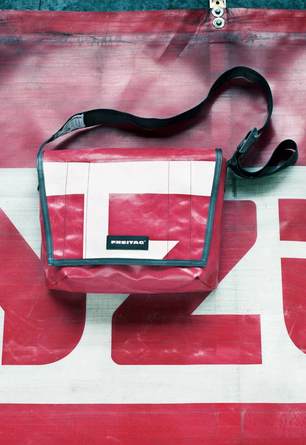

Wading through the in-depth analysis of significant efforts, we came across a slew of projects that we have covered over the years. Sustainable objects like the Andrea Air Purifier, the Biolite Stove, the DBA 98 biodegradable pen, Freitag bags, the Plastiki sailboat made from recycled materials, Plumen‘s 001 light bulb and the Sayl Chair by Yves Behar remind us that eco-conscious designers are not alone. Architectural and community projects such as the Halley VI Scientific Research Station, Design Indaba‘s 10×10 Housing Project and NYC’s High Line brought us back as well. But in the end, even we had much to discover and even more to learn, the staggeringly ambitious projects in “Vitamin Green” inciting something beyond surface-level inspiration.
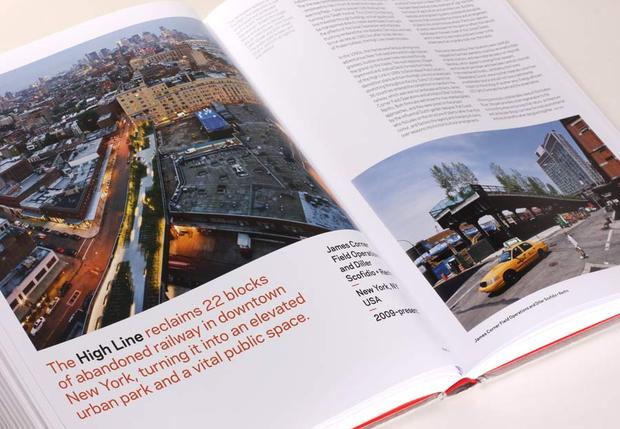
Vitamin Green ships 12 May 2012 and is available for pre-order from Phaidon and on Amazon. Find more images of the book in our slideshow.









